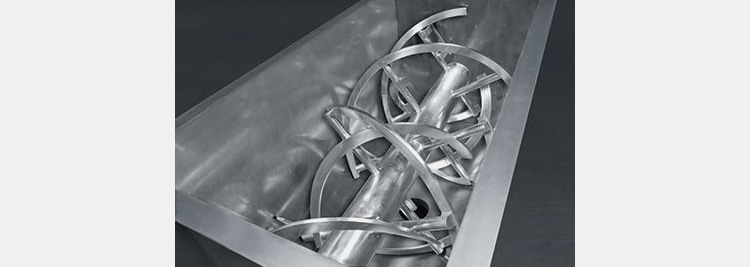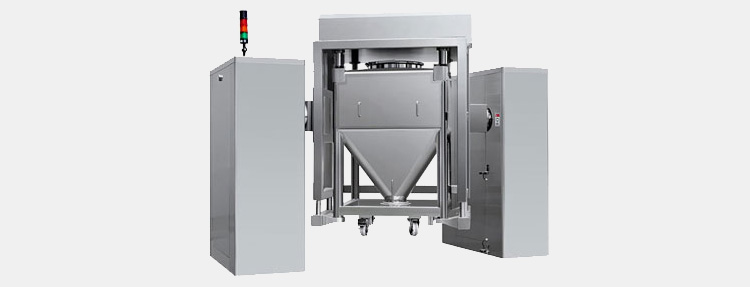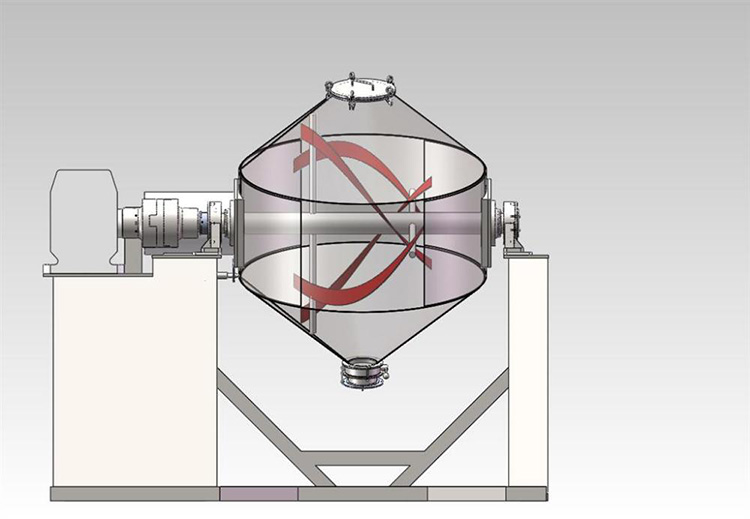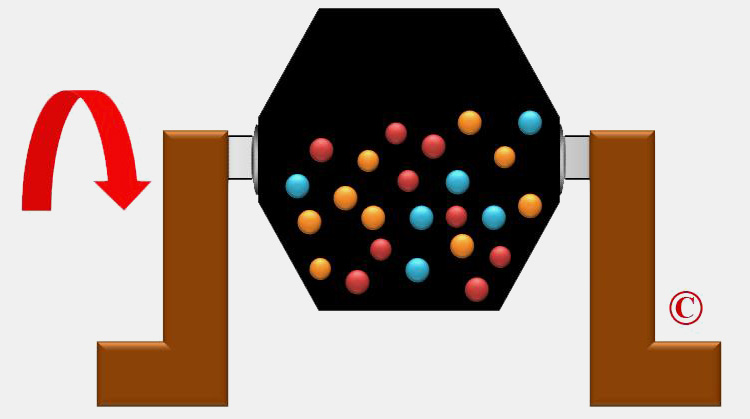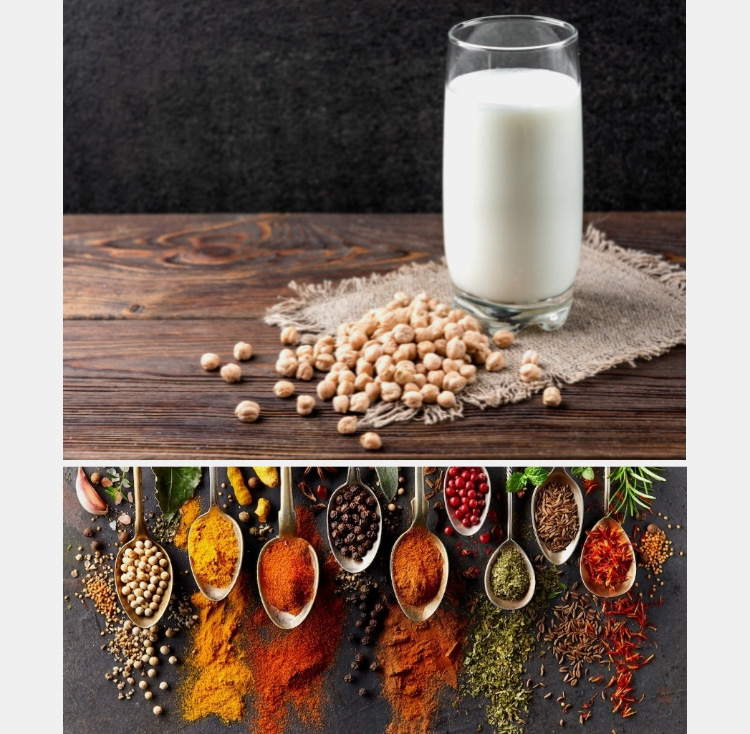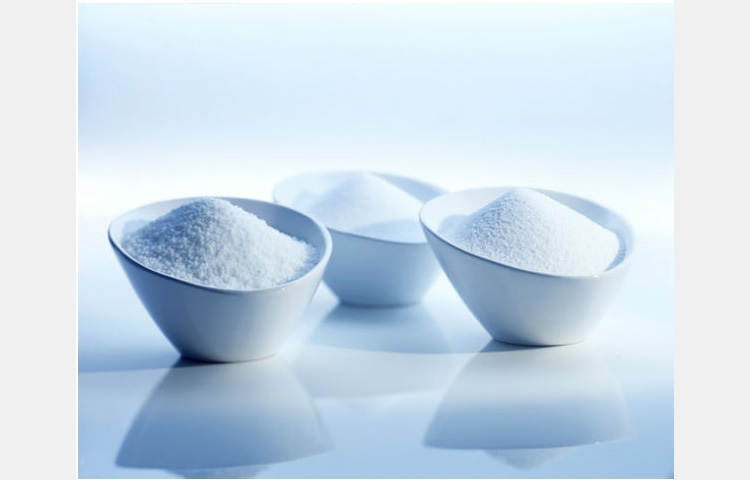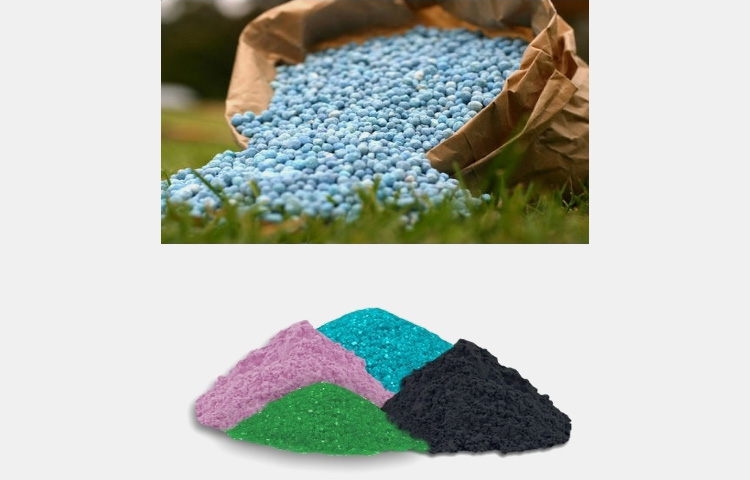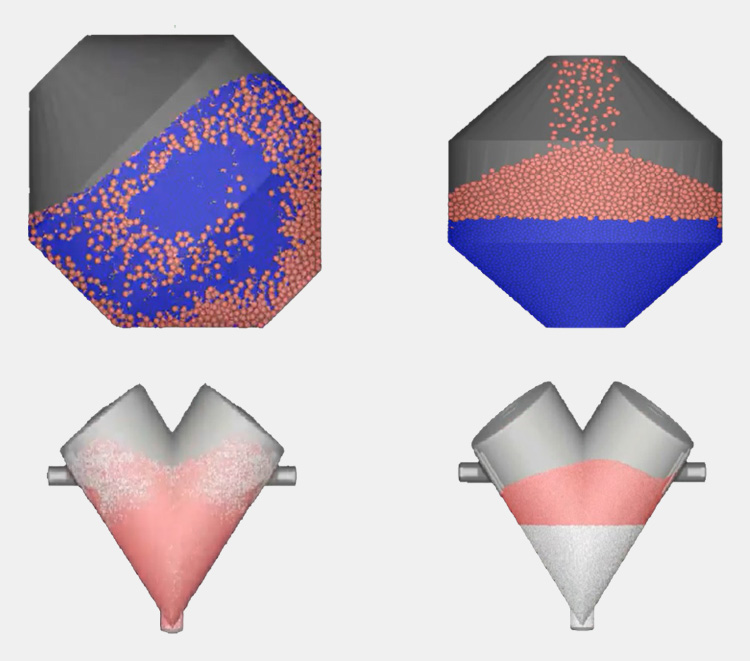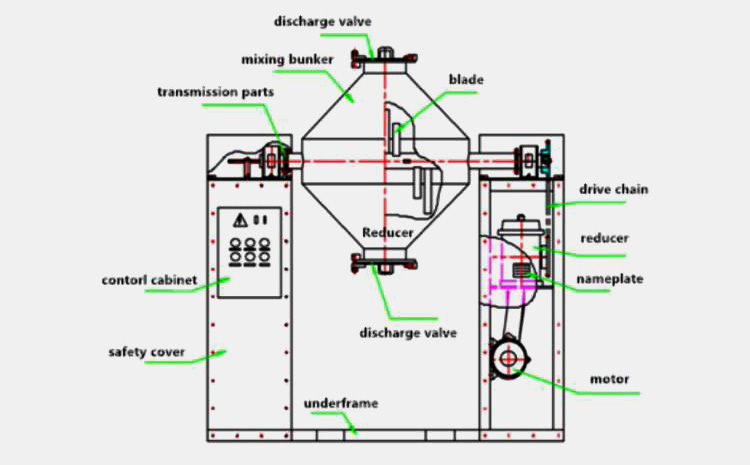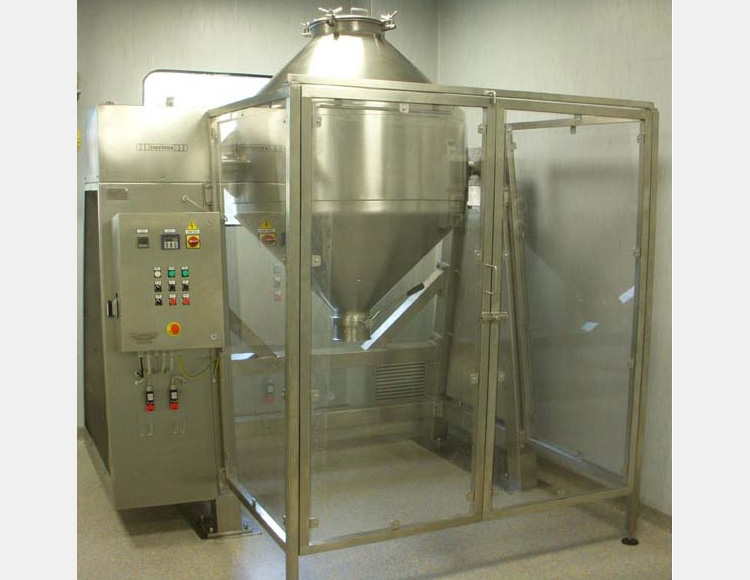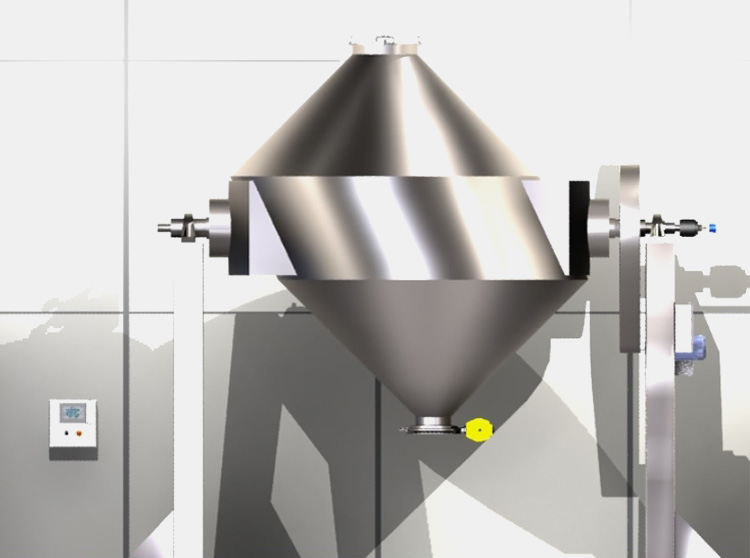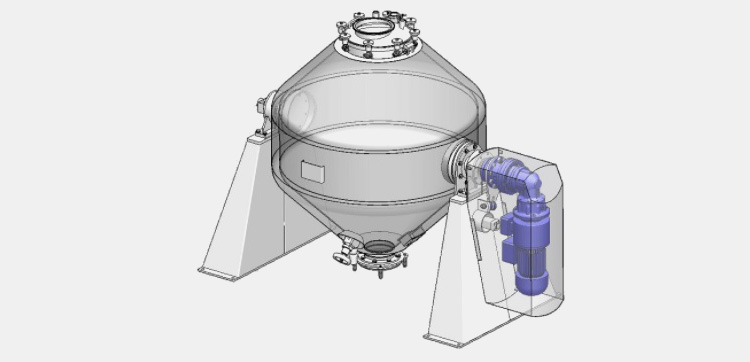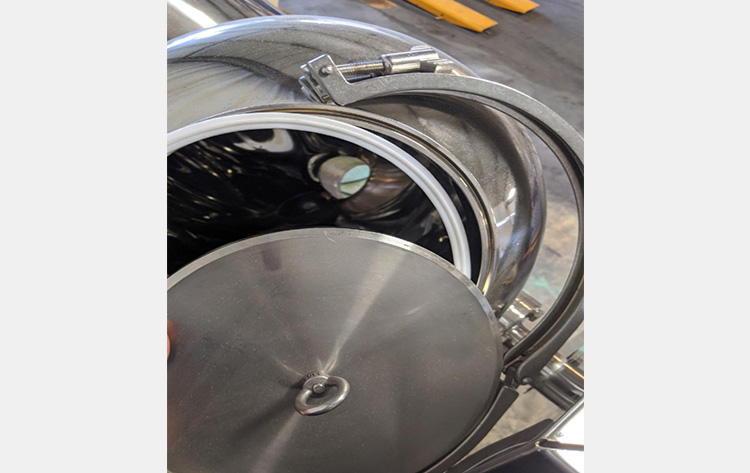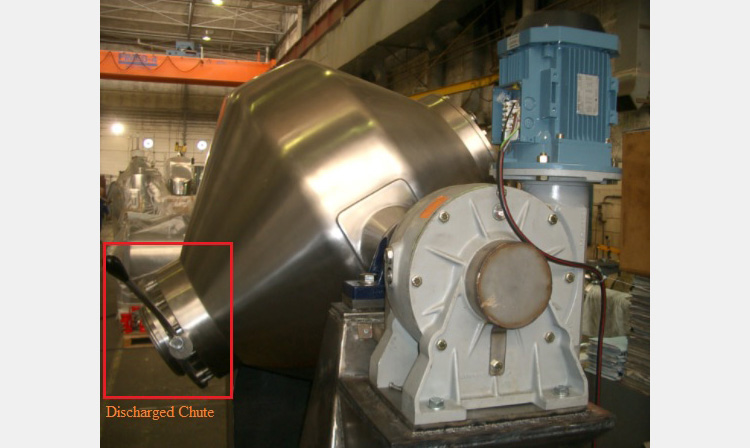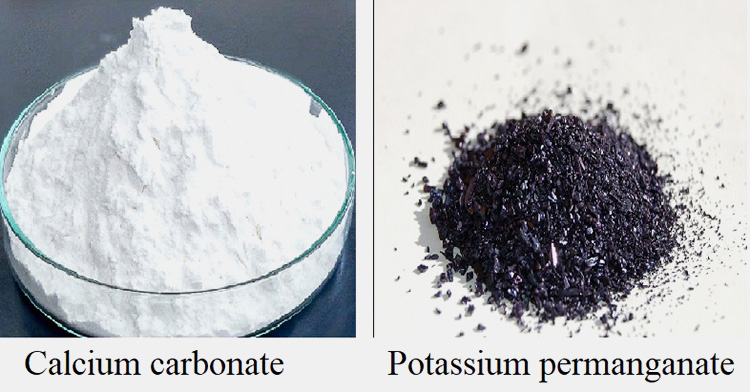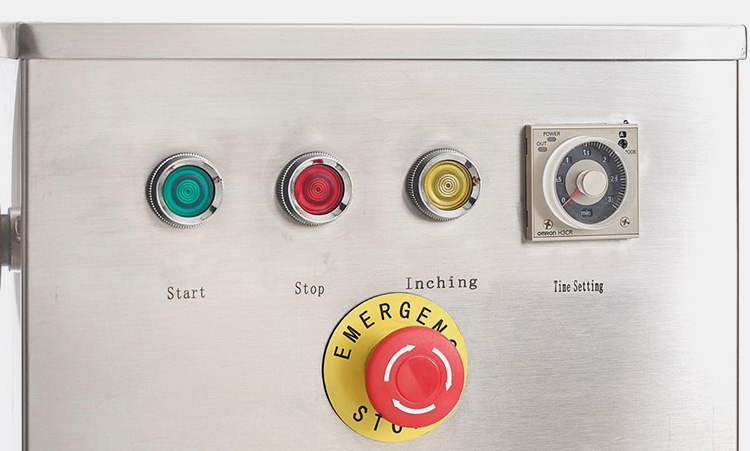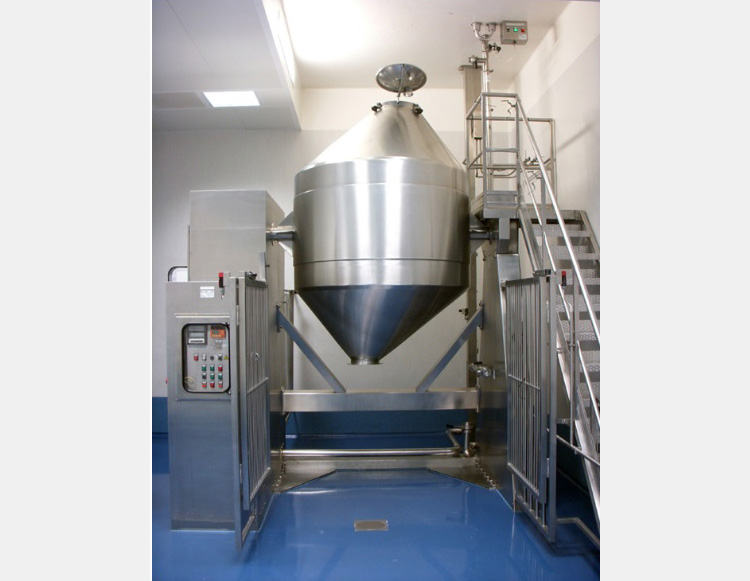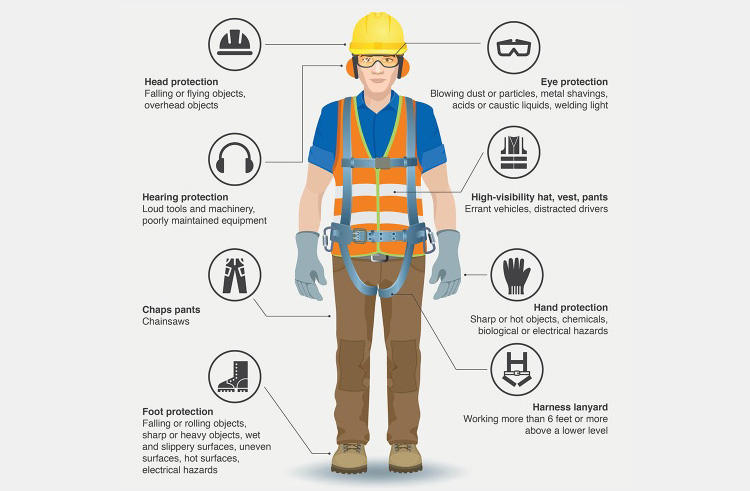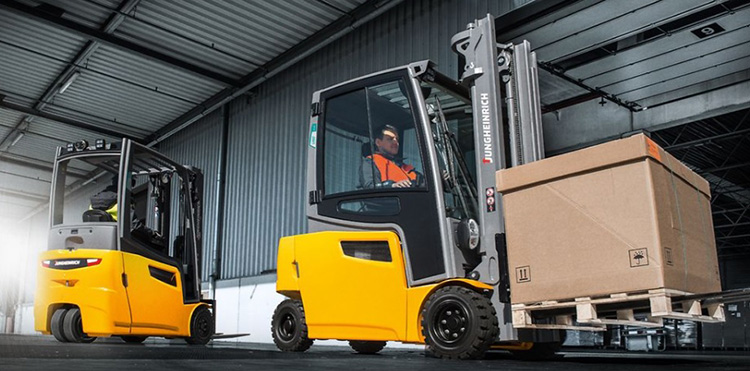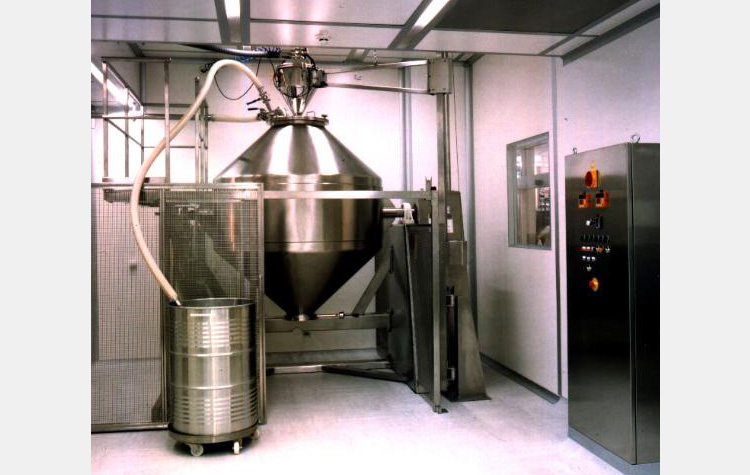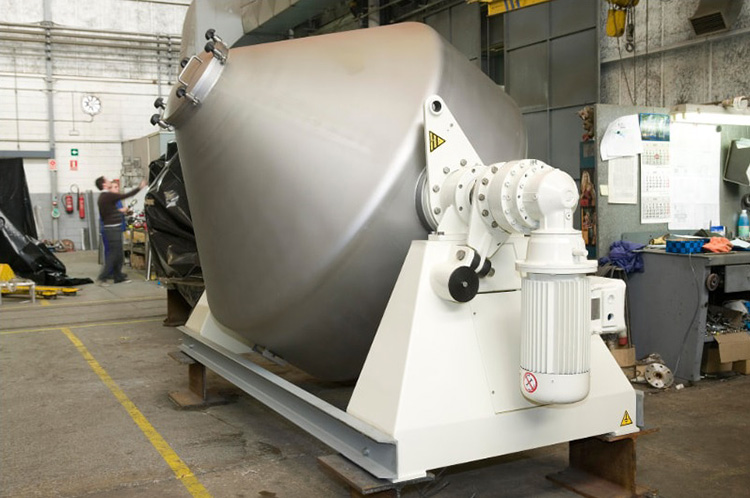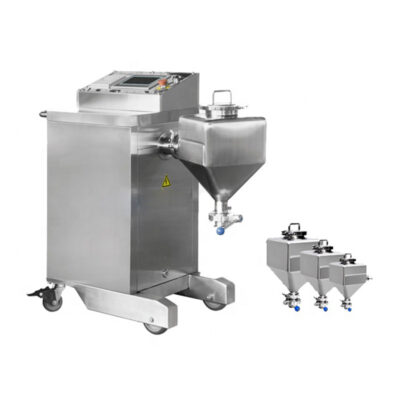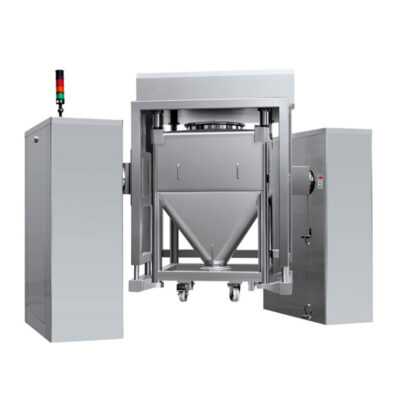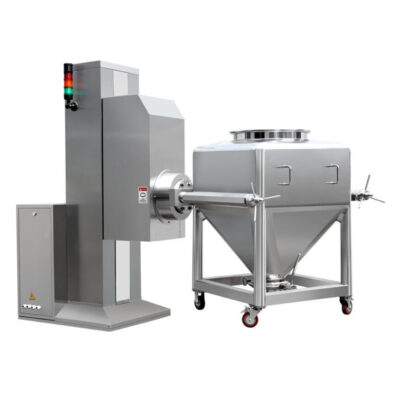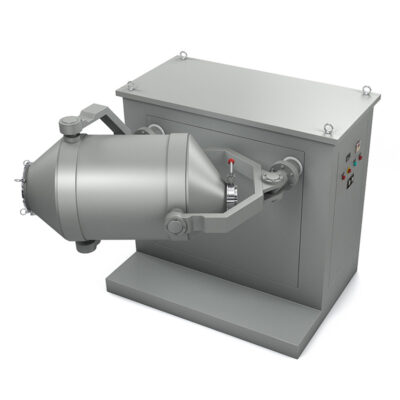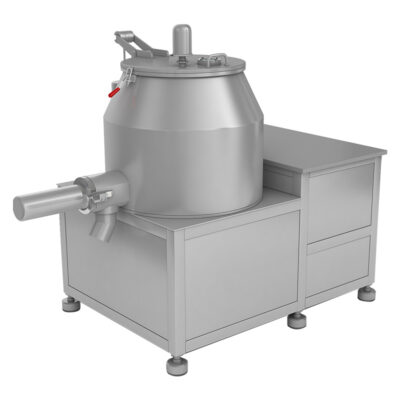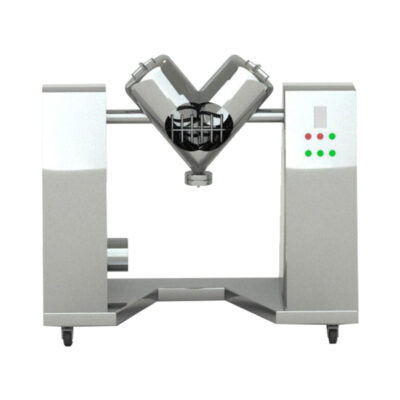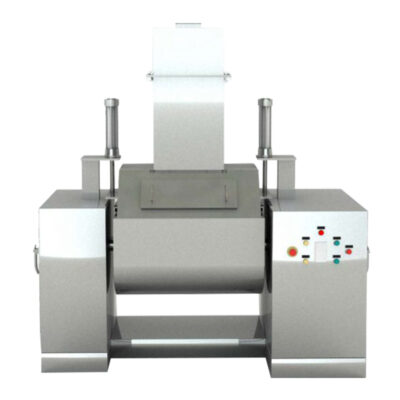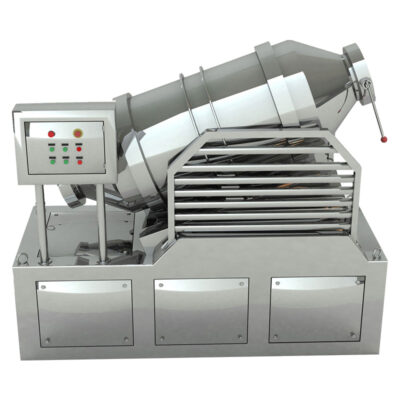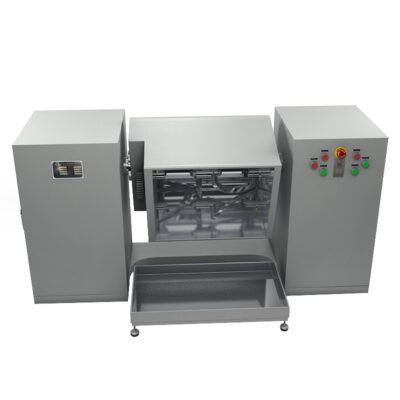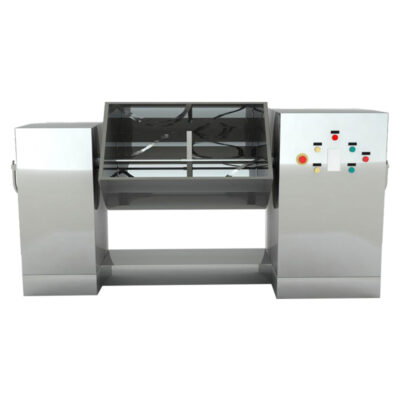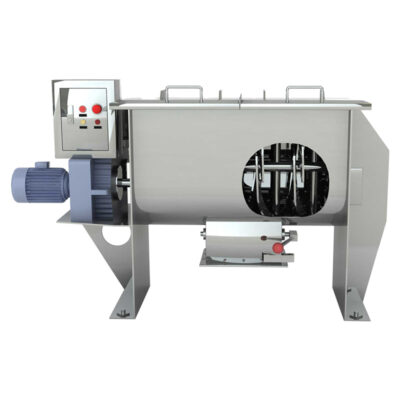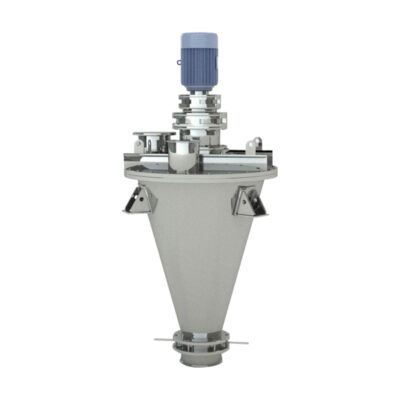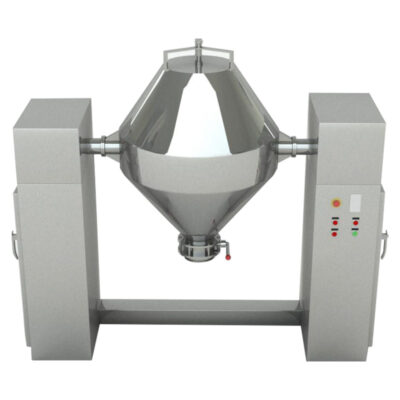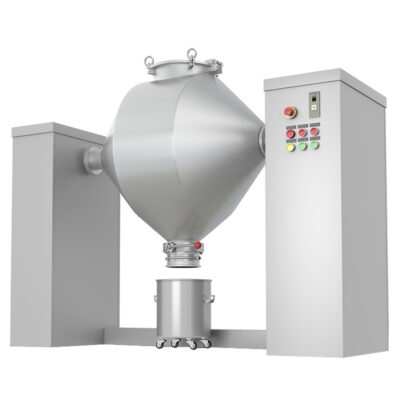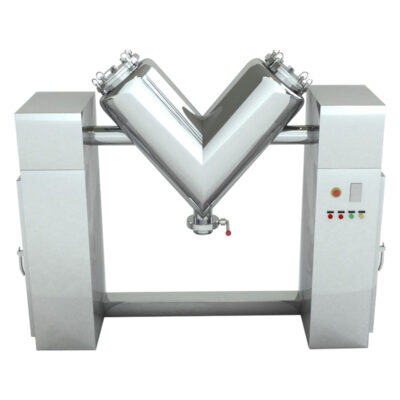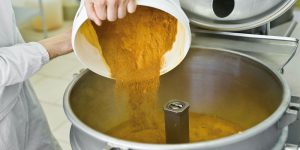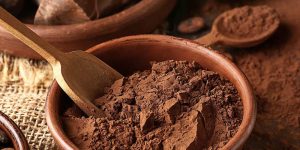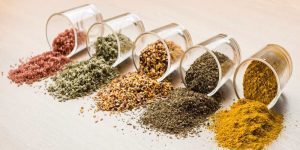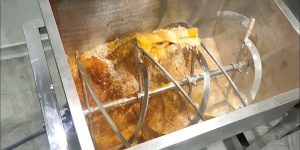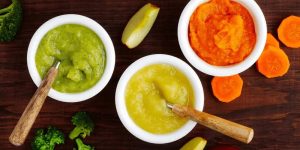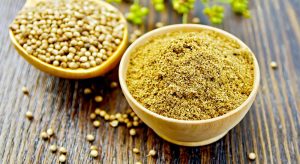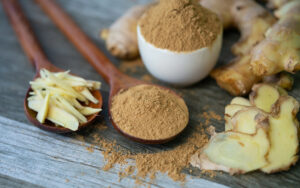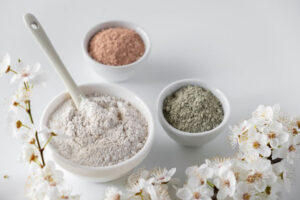Double Cone Blender:The Complete Importing Guide in 2025
Are you inquiring about double cone blender? Well it is an instrument usually used to blend and mix dry powders. But do you know that you can do blending, sieving, coating and granulation using just a single machine?
Double cone blender is widely used in food, chemical, detergents, fertilizer. In pharmaceutical and nutraceutical industries its purpose is for blending and mixing powders intended for manufacturing of tablet and other formulation. For homogenous solid-solid mixing double cone blender is the best choice available in the market. There are many types of double cone blender available in market if you are interested to know more about these machines Continue reading!
Before investing your money we recommend you to read this blog and get acquainted with your needs and choose the best available instrument that can give you maximum output at an optimum purchasing cost. We have brought you “DOUBLE CONE BLENDER THE ULTIMATE GUIDE IN 2021”. At the end of the guide you will be able to identify your needs, prepared to select the best available machine and ready for operations. Let’s roll!
1.What is blending?
When two or more compounds are combined and mixed together to get a homogenous mixture you get a blend and the procedure is called as blending. This process also termed as a gentle mixing action can be employed for solid-solid or liquid-solid combinations. Blending has found its uses in a variety of industrial sectors including cosmetic, food, pharmaceutical and nutraceuticals. Based on these sectors and specific needs of buyers different machines have been designed to meet the requirements. Mostly blending is carried out using standard blender that utilize tumbling mechanism or using high shear blenders equipped with blades for materials that tend to form lumps or aggregates. In order to achieve content uniformity blending ingredients is critical to any manufacturing process. Quality of blend is application specific and it is desired to have a blend with minimum to no batch to batch variations.
2.What is the difference between blending and mixing?
The two words “information” and “communication” are often used interchangeably, but they signify quite different things. Information is giving out; communication is getting through. Sydney J. Harris.
Blending and mixing sound similar don’t they? Likewise both terms are used interchangeably sometimes. But when it comes to pharmaceutical or chemical manufacturing, there is a small technical difference between blending and mixing.
More accurately “blending” is used for solid-solid mixing or mixing of solids with small quantity of solvent whereas, “mixing” usually means to produce a homogenize mixture of multiple ingredients which could be solid-liquid or liquid-liquid and viscous materials. A typical example of mixing is dissolving salt in water or preparing a 1M solution of sodium hydroxide whereas conjuring a homogenous blend of multivitamin is termed as blending.
3.How many types of blenders are used in industry?
Blending is one of the most critical process of entire manufacturing operations because content uniformity solely depends on how well the ingredients were mixed before proceeding with the desired formulation. Based on how good blend you need there are different types of blenders used in the manufacturing industry. These include;
- Twin shell blender/ V-cone Blender
- Ribbon Blender
- Double Cone Blender
1.Twin Shell Blender/V-cone blender
This blender is also known as V-cone Blender. These are widely used in various industries. Mixing in this type of blender is achieved by the spinning of a typical topple blender. It is formed from two joined mixing shells that are linked to make a V shape. Both legs (mixing shells) work to blend the mixture. This blender is made up of a horizontal shaft that rotates and mixes the particles present in the blending machine. It can blend materials weighing 20 kg to 1 ton. The mixing time of this blender is determined by the properties of the materials and is usually around 5-15 minutes. These blenders are used in the food, cosmetic, pharmaceutical, herbicide, and pesticide industries.
Advantages of using this type of blender are
- This blender requires little care and is easy to handle.
- They need little power to run.
2.Ribbon Blender
This type of blender works by moving blades of ribbon-like shape in a non-movable shell. Agitator assembly of blender moving in horizontal point rotates the solid so that a homogenous mixture can be formed.
A ribbon blender- Picture Courtesy- chemengonline
The forces in the agitator easily break large lumps. A ribbon blender is made up of an agitator enclosed in a horizontal shell. This agitator is placed in the middle of the shell and ribbon blades also called spirals are fixed on the spokes of an agitator. These blenders are used in the paint, food, and concrete industry. These are also used in bakeries. The blades can move in the left and right directions. Some of the advantages of this blender are
- Both heating and blending steps are performed at the same time in a ribbon blender that decreases the cost of blending operation. Drying, transferring, and mixing occur in parallel in a ribbon blender.
- This blender can mix substances of any type.
- They need little space.
Some disadvantages are
- These blenders consume a lot of power.
- These perform only two-dimensional mixing.
And of course!
3.Double Cone Blender
Double cone blender was developed to overcome the shortcoming of rotatory mixer. Double cone blender is an excellent machine designed for blending of powder of different densities. This entire blog is about double cone blender continue reading if you want to learn more.
AIPAK Double cone blender
4.What is double cone blender?
If you are planning to buy a blender that can meet your requirements and will not be a hassle for years to come, you should opt for a double cone blender. Double cone blender is an instrument employed by manufacturing industries for blending/mixing multiple ingredients to form a homogenous mixture. It is uniquely designed in a way that the entire blending operations take place without the use of internal baffles.
Double cone blender Baffle
Double cone blender provides blend with very little variations (1-2%) between batches and can be employed for blending of materials with different bulk density. A major selling point of this unit is less space requirement, user friendly and easy to maintain. Apart from standard design a slant design (asymmetrical) is also available in double cone blender. This design offers reduced time for blending operations, approximately 33% less than the standard one with relatively reduced dead spots as compared to standard version. Also it has one more added advantage over standard design i.e. it gives a smoother blend with reduced batch to batch variations regardless of material loading.
5.What is double cone blender working principle?
Double cone blender performs mixing of ingredients using tumbling motion. Used primarily for dry blending of solids the ingredients are mixed continuously as the blender rotates. Normally it takes approximately 10 minutes to completely blend the entire mixture however, based on nature of materials the time required to produce a perfect blend could increase or decrease.
Tumbling mechanism of double cone blender- Picture Courtesy- solidswiki
6.What are the industrial uses of double cone blender?
As previously discussed you can produce a homogenous solid-solid blend using a double cone blender. Blending and mixing are two most common processes used in the making of products for food, chemical, healthcare, detergents and fertilizer industries. A brief discussion of double cone blender industrial uses are given below.
Food and dairy Industries
Food and dairy industries employ mixers and blenders for blending of dry powders such as milk powder, spices, taste enhancer and other products where dry mixing is required. The manufacturer of food items also blend and add preservatives to enhance the overall stability of the product. Because of its small size and low cost maintenance double cone blender is a must buy for both small scale and large scale food factories. Products that require double cone blender include flour, coffee, powdered milk, coca, starch and baby food.
Healthcare Industries
Since active ingredients are usually in very small quantities as compared to excipients used in a formulation, a slight slip-up in combining every ingredients accurately can lead to major variations in active quantities in a formulation. Blending and mixing is thus the most important parameter used by pharmaceuticals and nutraceuticals to achieve content uniformity of their products and it is achieved by utilizing blenders and mixers. Double cone blender is typically employed by research and development department and production unit when designing and mass producing a product. From making granules to making syrups and even in dry blending of individual vitamins double cone blender is used to provide an excellent blend with uniform content proportions with minimum batch to batch variations.
Chemicals, fertilizers and detergents manufacturers
All these industries rely on dry mixing of powders which is achieved by using blenders and mixers. Double cone blender is designed to provide accurate, homogenized, fast blends with minimum expenditure of resources and is typically employed by chemical, fertilizer and detergents manufacturers. The products that make it on to the beneficiary list of double cone blender include fertilizers, detergents, soaps etc.
7.What is the difference between double cone blender and V-blender?
Both double cone and v blender have the same operational principle. In both these blenders, materials are broken by inverting the blending container. Both these blenders have speed modification options. Some differences in both these blenders are detailed below.
Working of double cone blender and V-cone blender- Picture Courtesy- YouTube
Double cone blenders have two containers for mixing while v cone blenders have one container for blending purposes.
A double cone blender uses little headroom but a v blender needs huge space and setup.
Double cone blenders are simple machines requiring little power while v cone blenders perform elaborate operations that require considerable power.
V blender easily mixes a large number of substances about two to ten at a given time but a double cone blender can blend only two to three ingredients at a specific time.
8.An outline of double cone blender technical specifications.
Illustration of a double cone blender- Picture Courtesy- wandamill
Out there you will find different models of double cone blender with different technical specification. Described below is the technical specifications of a standard version of double cone blender. You can customize, add or subtract some features when you are ordering a double cone blender to meet you requirements. Cone and main body of blender is made up of stainless steel, powered by 1 horsepower DC motor. This machine weighs about 97-1212 pounds with a maximum capacity of about 48L and the cone can rotate up to 30 RPM. You can choose to customize the above mentioned specifications based on your needs. As per manufacturer guidelines the double cone blender should be operated at limits not exceeding the maximum capacity and speed for a good blend for above mentioned specifications that will be 30L and 25 RPM. All models require a power supply of 110-220V/60Hz.
9.Double cone blender construction and working; a brief overview.
Dry blending of free flowing solids are most often carried out in double cone blenders. Solids of varying bulk density and percentages can be mixed and blended in these units. All units consist of a main frame (base) usually having a control digital panel or push buttons, an axis powered by a motor and a removable cone. Based on the model the cone is held in place either by the main body or in between two column supports. The cone is balanced perfectly to protect the gear box and the motor. Double cone that holds the powder intended for blending is available in different sizes and shapes. The mixing or blending of the powder comes about when the cone rotates continuously. The shape (conical) of the cone is crucial for uniform mixing and easy discharge of the powder mix. Some blenders have one end of the cone closed and the other one fitted with a removable gasket and is used both as a feeder and discharged chute. The three phase motor is present either inside the main body or inside one of the columns. The entire blending operations requires optimized blending speed for best results. The double cone blenders are also equipped with emergency stop buttons, gear reducer and DC rheostat.
Double cone blender with safety cage- Picture Courtesy- novinox
You can also order advances safety rails which prevents the access to the blender during operations. In such a case the control digital panel are placed outside the safety rails which can be used by the operator to start or stop the operations. If during the operations the rails are opened before terminating the procedure, automatic stopping mechanism will switch off the machine to prevent any harm due to negligence. If you require you can also have a customized slant design that removes the minor blending glitches present in the conventional one. To minimize the powder handling dust free bin charging systems and baffles to reduce aggregates and agglomerates can be provided along with the flame proof electricals.
Slant design double cone blender with safety cage- Picture Courtesy- posthoist
10.Highlighting double cone blender advantages and disadvantages.
“To every disadvantage there is a corresponding advantage”. W. Clement Stone. Similarly, double cone blender also has it fill of advantages and disadvantages but it is up to the user to convert the disadvantages of the machines to their advantages. For readers understanding we have highlighted some of the pros and cons of the machine.
Advantages
- Double cone blenders are recommended for fragile granules because of minimum attrition.
- Can be used for small batches as well large production requirements.
- Easy to operate, maintain and clean.
- These blenders need less space.
- These consume little energy.
Disadvantages
- Double cone blender is not suitable for mixing fine powders.
- It cannot work with particles of varying sizes because of low shear.
- Can only mix three to four ingredients at a time.
11.How to operate double cone blender?
A double cone blender machine is integrated with a motor starter with variable speed control system.
Illustration of motor in the column- Picture Courtesy- bachiller
Pre operation points
Connect the double cone blender to an appropriate electrical connection. Ensure the electric power supply is either 110 or 220V.
Normally a cord is supplied with all necessary plugging.
To load the double cone blender, gently rotate the cone till load port cover (removable gasket) is entirely on the top. In this particular model the loading and discharging of material is carried out from same end.
The load port cover (removable gasket) is held by hand clamp mechanism. Remove the cover and load the material
Tightly clamp back the load port cover.
Double cone blender is now ready for operations.
Operation
To blend the ingredients in double cone blender, simply turn ‘ON’ the machine and select the variable speed control. The blending in a double cone blender occurs during rotation of the cone.
The major operating steps of double cone blender involves three steps; filling, rotating and discharging.
1. Filling
The gasket is removed first before the cone tank is filled with blending ingredients up to 2/3 of total volume via feeder inlet. Lock the cone blender feeder inlet properly.
2.Rotation of Cone tank
After achieving desirable volume and locking the system, a double cone blender is ready to rotate. Press ‘RUN’ and start the process. The rotation of double cone blender can thoroughly blend the mixing ingredients using tumbling mechanism.
3.Releasing of Blended Material
Once the blending duration previously entered by the operator is over the machine will automatically stop. Now you can obtain the blended material from the feeder/discharge chute into their specified containers.
Discharged chute- Picture Courtesy- bachiller
12.How to perform process validation of double cone blender?
Let us first understand the term validation before proceeding with the validation of double cone blender. Validation is a documented evidence indicating the process or instrument performs according to the specifications it was intended to work upon regardless of site, user and laboratory conditions. In other words, the process or instrument maintains consistently the desired level of compliance at all stages of operations. Validation ensures the quality and safety, reduces the cost incurred during manufacturing and confirms the process and instruments works efficiently. After successful installation at the site the IQ, OQ and PQ of double cone blender is carried out according to manufacturer specs and international guidelines. Further process validation of double cone blender is performed according to given protocol.
1.Chemical, glassware and instrumentation
You will need following chemicals, glassware and instrumentation perform validation of double cone blender;
Calcium carbonate (100g), crystal violet, potassium permanganate (1g), beakers (100mL), centrifuge tubes (15mL), glass rod, volumetric flask (10 and 100mL) and colorimeter.
2.Method
Place 10mg of crystal violet in 100mL volumetric flask. Add 10mL of 1M sulfuric acid and dissolve the solute. Make up the volume with the same solvent to get a concentration of 100µg/mL (stock solution), filter if necessary. Using serial dilution prepare final concentration of 2-10µg/mL from the stock solution. Measure the absorbance of each concentration and make a standard curve.
Weigh approximately 100g of calcium carbonate and 1g of crystal violet. Using sieve no 60 pass the materials through to get a uniform particle size. Load the material in the double cone blender and start blending at a constant RPM.
Draw appropriate amount of the sample from top, mid and bottom of the blend. Dissolve in 10mL of 1M sulfuric acid. Filter and measure absorbance in triplicate.
Using calibration curve calculate the concentration of each sample drawn.
For acceptable results the comparative percent relative deviation for top mid and bottom samples should be less (<) than 2.
13.Is double cone blender equipped with emergency stop feature?
A double cone blender is shipped with an electric control system that has a programmable Logic Control unit (PLC). It has all the necessary functionalities for the smooth running of the blender. The START button turns on the blender whereas STOP button halts the operation. The “Emergency Stop” button is also present which halts the operation in case of a hazardous situation. If you have ordered a cage along with your double cone blender than the machine START and STOP buttons as well as EMERGENCY STOP than all these buttons are provided outside the cage. Emergency STOP button should always be used in case of emergency to prevent accidents and not to stop operations on routine basis because it exerts unnecessary stress on the machine and can damage some parts if used without caution.
14.What are safety, installation and storage requirements of double cone blender?
Installation of the machine should be carried in a safe and appropriate environment as not all accidents are predicted by the manufacturing company. A double cone blender must be installed in a cage at the induction site. A stopping system should be located outside of the cage so that the mixing process can be terminated without going into the cage. After machine installation safety evaluation must be carried out to ensure that all the compulsory regional and industry safety guidelines are fulfilled.
Installation Parameters
Proper Workstation for machine
- Double cone blender should be supported by a solid sub-stratum workstation made up durable cement base.
- The base must be of 12 inches thickness for a blender having a diameter of 42 inches.
- When erecting the machine, care should be taken to properly level and align the top of the stands in the correct position.
- To fix the stands of base and machine, mounting guards having screws and machine bolts must be used.
Double cone blender with platform- Picture Courtesy- novinox
Safety Recommendations for Personnel
Installation of the machine should be carried out by a highly trained and proficient person, who should have previous experience of installation of the machine.
Personnel conducting transportation of machines should be provided with protective equipment like helmets, goggles, and shoes so that accidents could be avoided.
Caution should be taken such as wearing personal protective gear at the time of installation for preventing injuries and material damage.
Installation Requirements
1.Unpacking Guidelines
- Before opening containers first carefully check the machine for damage that occurred during transport of the machine.
- For unpacking the machine crowbar should be used.Care should be taken to unpack as the base of the container is fixed to some machine parts.
- Use a hammer for removing machine parts from the base of the container and straps must be removed with the help of box cutters and scissors.
2.Transportation Instructions
- For transportation, bind one strap around the pedestal and apex of the double cone blender and bind the other end of the strip to the lifter. Use a level gauge to ascertain that base is leveled and stable.
- Always use a forklift or hoist for transportation of the machine to the installation site.
- For transportation, a 1500-pound capacity lift must be used.
- Transportation should be carried out by at least two skilled people so that one person can handle the machine and the other person can steady the machine.
15.Description of cleaning procedure of double cone blender.
You have now reached the end of the blog. By now you know that double cone blender is easy to maintain and clean. It is necessary to clean the blender after product change or batch to batch change or at the end of the day. Given below is the protocol/procedure of cleaning of a double cone blender.
Cleaning of a double cone blender- Picture Courtesy- novinox
Product-product cleaning
- The operator fills half of the blender with hot distilled water (cold distilled water may be used if the blend was not sticky). The duration is set for about 5 minutes and the machine is started.
- Once the duration is over, water is drained out and once again the machine is washed inside out using 50L of hot or cold distilled water.
- Using 20L of deionized water the blending cone is properly rinsed. Operator has to make sure that the double cone blender is properly cleaned by checking visually. If the cleaning is not satisfactory more deionized water is used until the acceptance criteria is met
- For drying the operator switches the blender ON for 15-20 minutes so that the blender is dried or uses compressed air to dry the blender. After which the cone is visually inspected to ensure there are no water marks or stains or residues left. If found the whole procedure is repeated once again.
- The cleaning of double cone blender is verified by another individual and both the individuals will put their respective signatures on the log book.
Batch-batch cleaning
- For batch to batch cleaning the operator blows compressed air inside the blender and uses lint-free cloth followed by damp cloth outside the cone.
- The operator than signs the log book.
16.What are failure solutions of double cone blender?
To meet unavoidable issues while operating double cone blender is normal. However, there are several remedies to combat with these issues.
Let’s have a deeper look!
1.Ingredients taking longer blending time
Sometimes you may observe improper blending of materials or blending takes much longer time.
Remedy
- This is not an unusual problem, if you carefully monitor the filling volume this problem will not arise. The recommended filling volume for double cone blender must not exceed 2/3 of total volume of tank. Therefore, for efficient blending you must carefully load the blending ingredients.
- Blending also takes time when particle sizes are different, therefore it is recommended to screen the solid particles and reduce their sizes by granulating or milling before mixing process.
2.Knocking sounds during operations
Sometimes machine may produce knocking sounds during work.
Remedy
When belt of double cone blender is loose it may produce unusual knocking sounds, hence it is suggested to immediately stop the process and check the components of machine and tighten the Belt as necessary.
3.Heavy Resistance during Operation
Sometimes, machine can’t respond smoothly due to heavy resistance.
Remedy
This problem is associated with high friction that generates due to debris, uncleaned, worn out or improper greasing and lubrication of highly movable parts. For this problem, application of grease is required followed by proper cleaning of the machine.
4.Vibration during Operation
In some cases, double cone blender starts vibrating during the process of blending.
Remedy
The reason behind this problem might be wearing out of the belt.
Machine might not have anti-vibration pads that must be installed at the bottom of double cone blender. You must tighten all the loose components of the machine.
17.How to perform maintenance of double cone blender?
Maintenance of a double cone blender- Picture Courtesy- bachiller
To ensure the long operational life of any equipment maintenance is of prime importance. For general maintenance:
- Make sure all the frictional parts of the double cone blender are well lubricated, otherwise non lubricant moving components may seize up which would lead to additional cost and delay in manufacturing process.
- Use an appropriate concentration of grease.
- Before reassembling the equipment after cleaning must sure that all components are dried and oiled properly.
- Regularly, monitor loose nuts and screws before starting and after the procedure.
- Wrap the machine with a plastic cover if it is not operated for more than a week.
Conclusion
Hope this blog has piqued your interest in double cone blender and covered all the topics that you were searching for. The blog was specifically written to make the reader understand ins and outs, pros and cons of a double cone blender and self-assessment and analysis of one’s own needs. Now you are in a better position of selecting the best double cone blender from the market according to your needs and requirements. HAPPY DAY.
Bin Blender Related Products
Bin Blender Related Posts
Bin Blender Related Videos
CONTACT US
Tell us your raw material and project budget to get quotations within 24 hours.
WhatsApp Us: +86 181 6426 8586

Want the best price & newest pharmaceutical machinery buying guide,tips and trends sent straightly to your box?Sign up for AIPAK’s monthly newsletter,we’re free for your consultation and Offer you the most suitable solutions!
The Buyer's Guide
- Capsule Filling Buyer's Guide
- Blister Packaging Buyer's Guide
- Tablet Counting Buyer's Guide
- Tube Filling Buyer's Guide
- Cartoning Buyer's Guide
- Gummy Making Buyer's Guide
- CO2 Extraction Buyer's Guide
- Empty Capsules Buyer's Guide
- Suppository Filling Buyer's Guide
- Tablet Coating Buyer's Guide
- Tablet Press Buyer's Guide
- Softgel Encapsulation Buyer's Guide
Most Popular
- 7 Importance Of Pharmaceutical Packaging In Different Applications You Must Know
- 6 Advantages You Must Know About Tablet Counting Machine
- 8 Advantages of Blister Packaging You Must Know
- 6 Critical Applications of Automatic Capsule Filling Machine
- 6 Stations You must Know to Improve the Filling Quality of Automatic Capsule Filling Machine
Tell us your material or budget,we'll reply you ASAP within 24 hours




